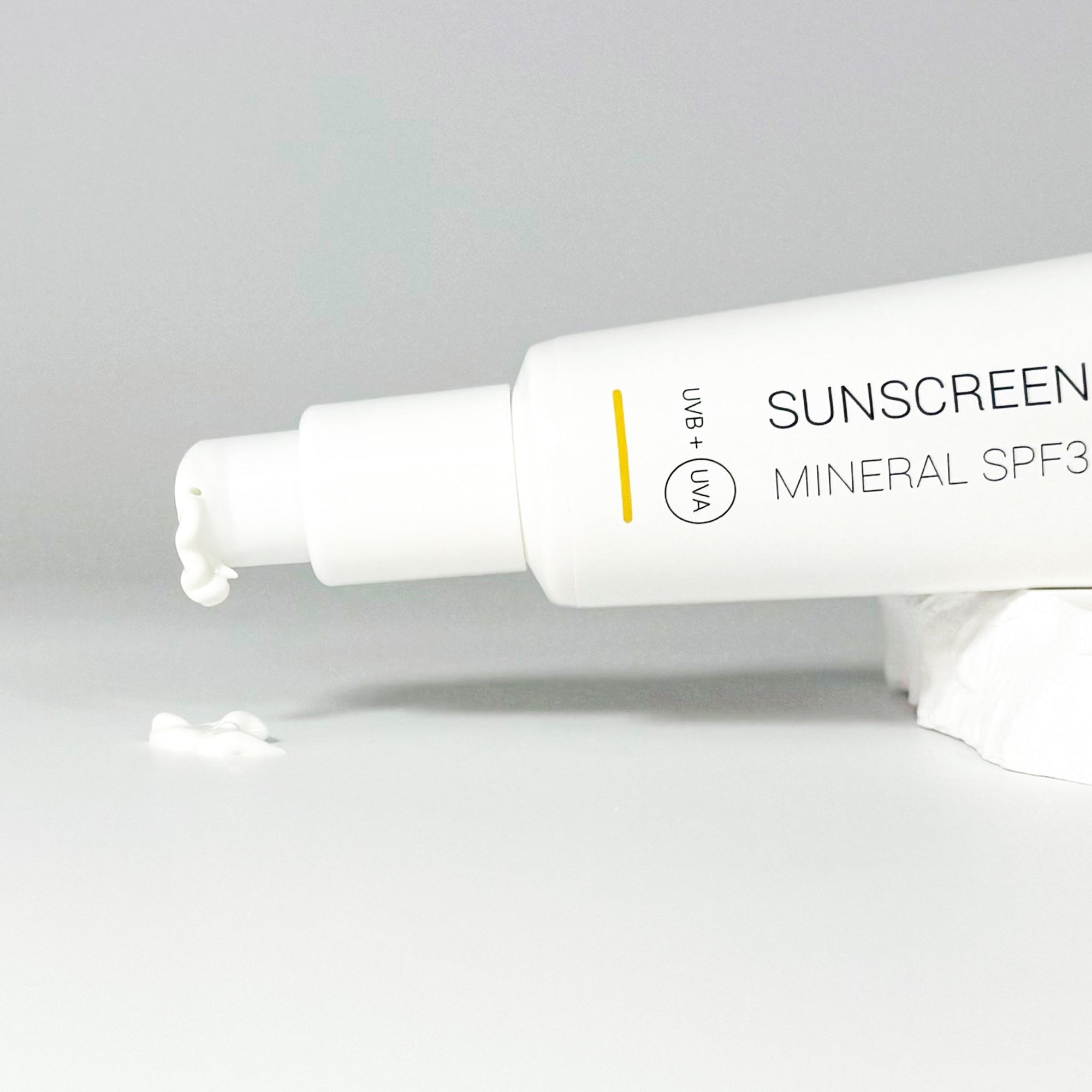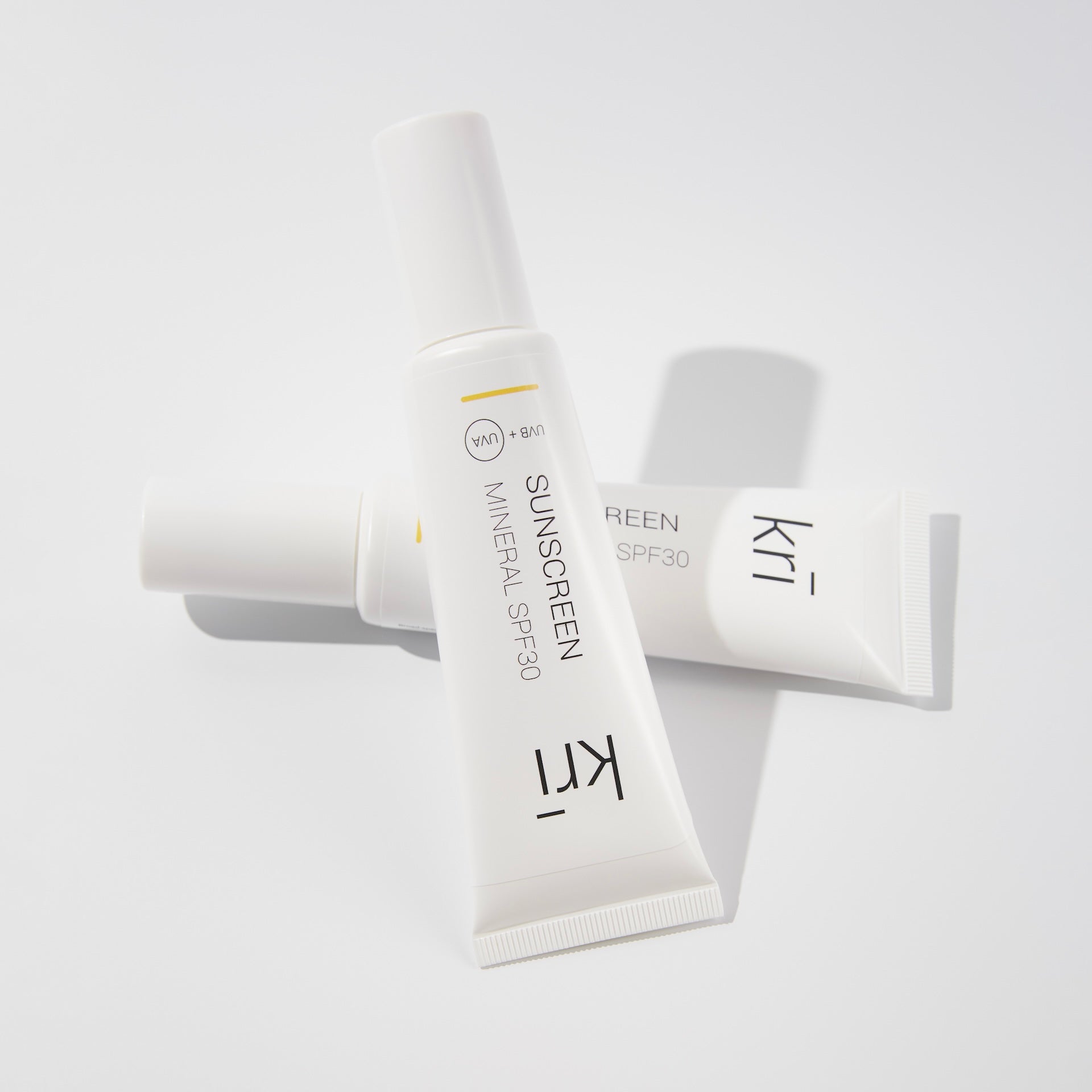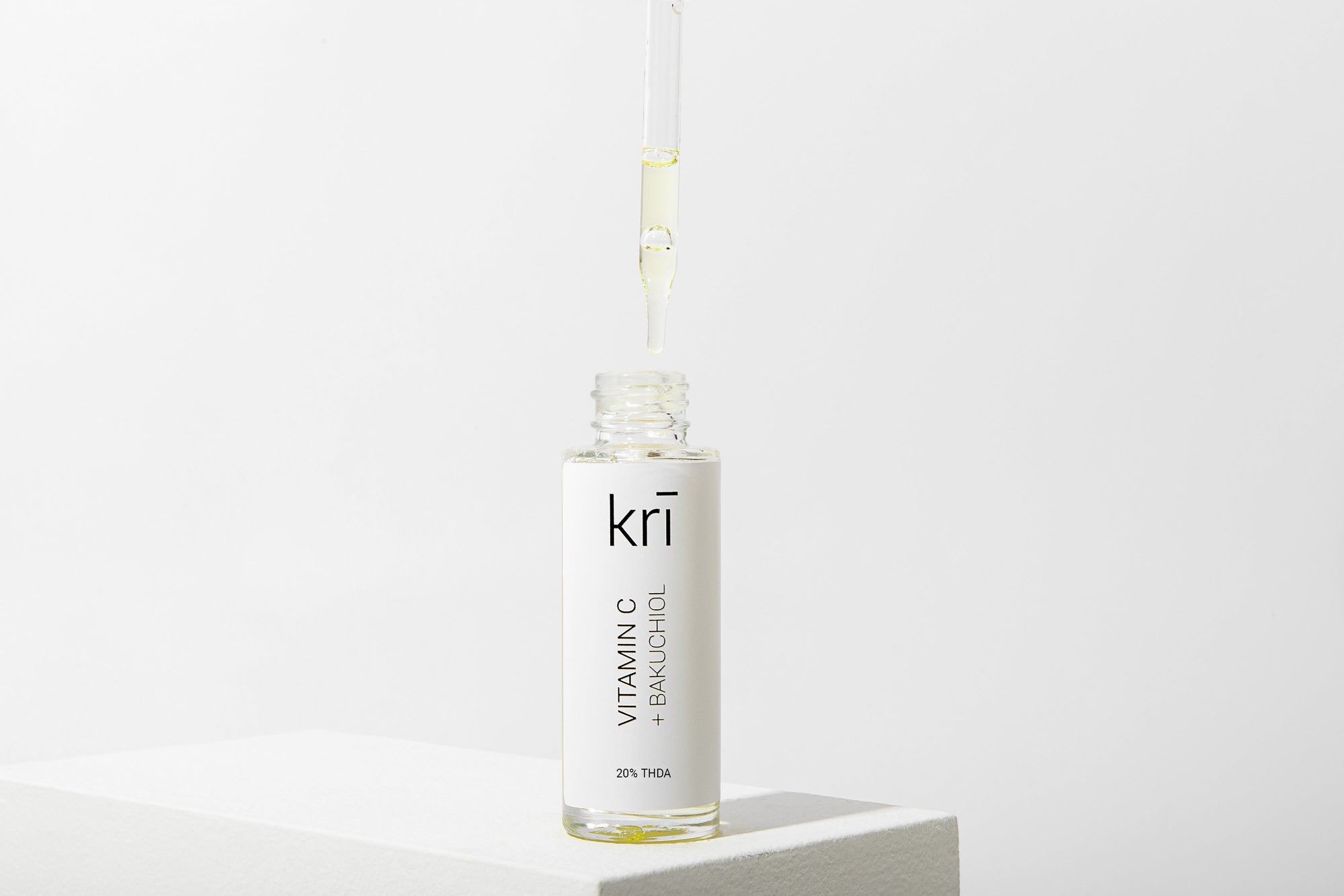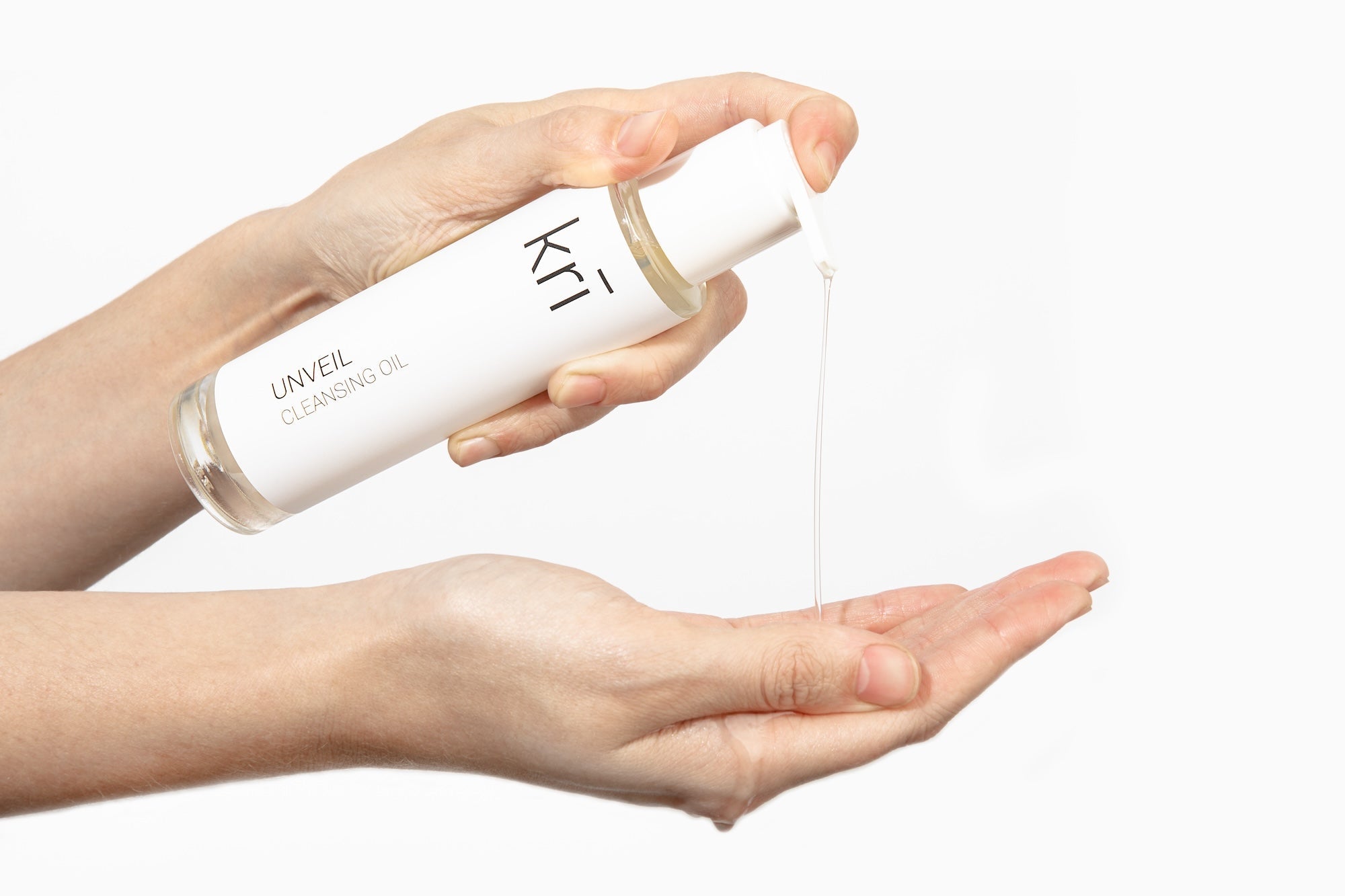"I only wear sunscreen on holiday."
"It's cloudy today."
These are common comments from people who choose not to make sunscreen part of their daily routine. You've probably heard them, and maybe you feel that way, too? Here's the thing though, sunscreen is not just for sunny days.
Let's meet UVB and UVA
The purpose of using daily sunscreen is to protect your skin from damaging ultraviolet (UV) radiation.
There are two forms of UV radiation with different wavelengths that reach the earth, and both harm the skin. One of them doesn't care whether or not it's a cloudy day.
UVB has a shorter wavelength. Exposure to UVB is what causes skin burning. The intensity of UVB fluctuates depending on the sun's position and time of day, with late morning to mid-afternoon being the peak. Bright sunny days are what most people associate with when reaching for sunscreen.
UVA has a longer wavelength. It's a primary cause of premature skin ageing and cancer because it deeply penetrates the skin's cells, causing damage over time. Our skin naturally attempts to protect itself from this cell damage by darkening - otherwise known as tanning.
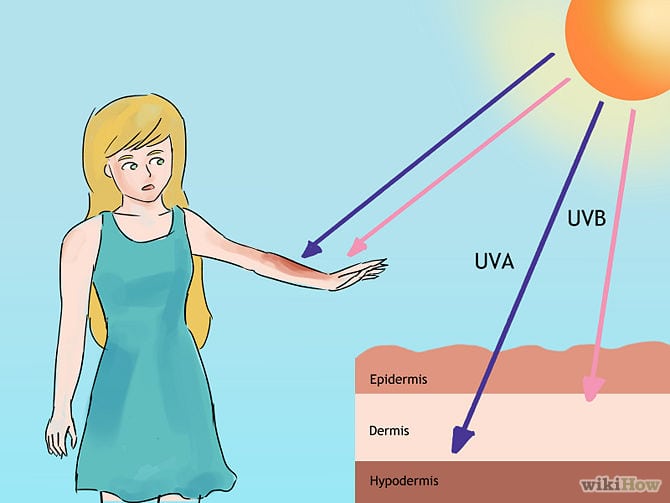
Illustration source: Wikihow
It's well documented that extended time in the sun increases the risk of melanoma. Science shows UV can mutate DNA, and in turn, this can lead to skin cancer.
Blocking these harmful rays is crucial for reducing the chances of health issues.
Unprotected skin can lead to premature ageing. Wrinkles, pigmentation, dryness, are among the telltale signs of photo-oxidative damage.
UVA remains present throughout the year during daylight hours, even on cloudy days.
How do you protect yourself from UVA damage?
Always use sunscreen when the UV index is 3 or higher.
You can use the Met Office UV index forecast to give you an indication of the strength of UV at any time of day. Remember, if it's 3 or higher, you should be wearing sunscreen.
Use a broad-spectrum sunscreen. That means one that offers high protection from both UVB and UVA.
Why do I need a broad-spectrum sunscreen?
Most people commonly look for the SPF (Sun Protection Factor) rating when choosing sunscreen. This 'factor' highlights the amount of UVB that is blocked by the product, as well as how long it will take skin to burn. But you also need UVA protection, which is what a broad spectrum sunscreen provides.
Unpacking the numbers
When you apply an SPF30, your skin is protected from 97% of UVB rays (SPF50 offers 98% protection).
With SPF30, it would take 30 times longer to burn than if you were not protected. That factor of 30 number depends on how long it normally takes your skin to burn.
If you burn after 10 minutes, a generous application of SPF30 would protect you for up to 300 minutes (10 minutes x factor 30).
Sunscreen labelling can be confusing, so here's what you need to know. In Europe, sunscreen can only be labelled as SPF 15, 30 or 50, even if the actual protection factor is somewhere between 30 and 50, or well above 50.
Some regions don't have those restrictions, which is why we still see SPF40 or SPF100+ for products manufactured outside of Europe (the UK has adopted European cosmetic regulations).
UVA protection
It's not a requirement to state the PF-UVA (Ultraviolet A Protection Factor) on the label, so you often don't know how well your skin is protected.
There's also not a global industry standard for measuring PF-UVA, it varies from region to region. In Europe, it's a requirement for the product to contain at least one-third PF-UVA of the SPF.
Theoretically, that means an SPF30 sunscreen with a PF-UVA 10 would provide you with 100 minutes of protection from those damaging UVA rays.
For European sunscreens, always look for UVB + UVA (with the latter circled) on the packaging. This gives assurance that the product is broad-spectrum, protecting you from both UVB and UVA rays.
Summary
From slowing down signs of ageing to protecting your health, daily use of sunscreen is the best way to stay protected. Choose one you like and make it part of your everyday skincare routine.
UV Radiation Danger: Facts & Fiction
(source: Global Solar UV Index; WHO, WMO, UNEP and ICNIRP)

British Association of Dermatologists - Sunscreen factsheet

